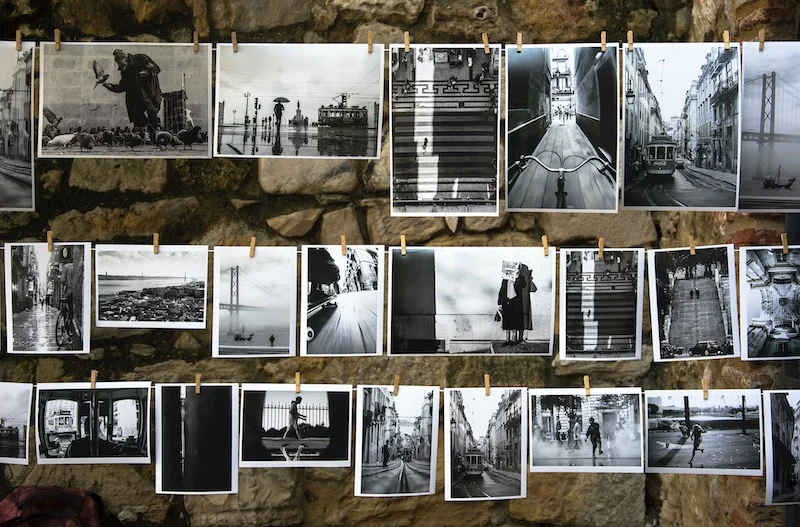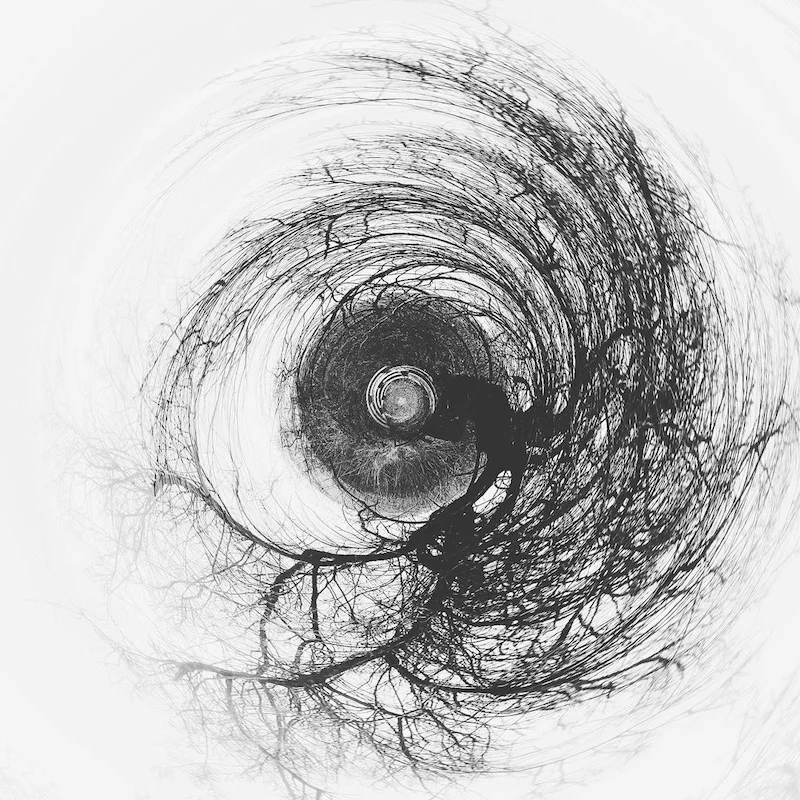Photo retouching has always been and still is seen as a modification of reality: Soviet propaganda in the 1940s lied about the people in the picture, the retouched skin of magazine models gives the illusion of perfection and the sumptuous landscapes on Instagram accounts seem to have come straight from another planet.
But these glaring examples make you forget the daily life of professional photographers and the need for retouching: adjusting the brightness and contrast of a photo, applying your signature, managing colours.
A brief overview of photo retouching and the parties involved in the debate.
The thorny issue of photo retouching
We often tend to associate post-processing with the digital photography revolution.
And yet, far from Photoshop and Lightroom, photo retouching has a history as long as photography itself.
The debate has been going on for more than a century now, and the camps are well defined: on the one hand, pragmatists consider that a photograph is above all an image of reality, and that as an image it deserves to be improved; on the other hand, photo purists defend the hard line of freeze-framing reality, its “authentic” effect, and discredit retouching, which is perceived as an unjustifiable alteration.
As early as 1872, Henry Hunt Snelling asserted in The Philadelphia Reporter: “Whoever cannot produce a negative as good as a retouched picture does not deserve to be called a photographer.”

Negative development: a subjective matter?
One of the few things everyone agrees on, however, is that negative development is always a matter of choice in contrast and luminosity, or in the selection of a specific paper.
Didn’t Ansel Adams say that the negative is “like a musical score: you can play the same notes in completely different ways”?
But beyond the necessary manipulation of the negative, real modifications have always been found, and this has been the case since the creation of the silver photograph: armed with pencils, tips, blades, paper and a good lens, one can make entire characters or their physical characteristics appear or disappear, highlight a precise portion of a photo or modify the angle of a shot.
The photographer’s posture: a question of style
One might ask what the purpose of retouching is: are we trying to sell a product (in a commercial or philosophical sense), in which case the viewer would feel cheated by a process that aims to lower his or her guard; or are we trying to be more faithful, to convey a vision, a feeling, in a more accurate way?
Aren’t most photographers simply trying to make their photos look better by removing dust and correcting brightness?
When asked for their opinion, they want, above all, to convey a message:
An artistic vision of the world that, in order to accurately convey their emotions, is achieved through photography and what undoubtedly accompanies it: photo retouching.
Julien Hugo, a professional wedding photographer, defines post-processing on his blog as a way to put his own stamp on the image, to create his own style that underlines his know-how and his personality as a professional photographer. In short: retouching allows him to define his brand image

The ethics of retouching
But for the viewer, it is a different matter. If the need to retouch certain photos to refocus the eye on the main subject is understood, some see it as an ideological debate; they idolise professionals who are reluctant to retouch, and in whom they find a refusal of uniformity and ease – a small tribute to Peter Lindbergh or Jade Beall. What does the viewer see when he looks at a photograph, if he knows deep down that the “original image” could have been quite different?
Let’s rephrase the question: what makes a photograph (and thus the photographer behind it) exceptional, if it has been edited for hours on a state-of-the-art computer? In the background of these questions, we can see the very essence of the philosophy of photography: what is a photo; what is a good photo; what is a good photographer?

Finally, what does photography provide?
An objective posture, without affect, would say that the image is by definition a distortion of reality: it is the expression of a person who, through a gesture that is essentially artistic, wishes to freeze a moment in time with the help of a medium (whether it is silver or digital).
If we then consider that the development of this photo (or its projection on a screen) is an integral part of this action, then there is no longer any debate: the image can reflect reality but it cannot become reality.
Reality is therefore captured, frozen and then retouched and post-developed. And photo retouching naturally finds its place within the activity of the photographer, whether he is an amateur or a professional.

From retouching to creation: the birth of a new discipline
Beyond the “necessary” retouching (modification of colours, tones, cropping, etc.), how can we consider post-development when one or more photos are used as raw material for the creation of a superior work, where aestheticism takes precedence over reality?
The birth of new graphic arts – concomitant with the development of ever more competent software – seems to have pushed back the frontiers of photography.
But, on the contrary, isn’t it the opportunity to fix precisely the limits, in the day when photos are only pretexts for unlimited modifications?
Are they still really photographs?
On what criteria should they be distinguished?
Rate of denaturation, unreal aspect, fantasized expression?
A new debate that could see many spectators rallying to the reluctant of the retouching… but that should only leave room for dreamers and poets.

Photo Credits: Chris Lawton, Brigitta Schneiter, Laura Vinck, Dereck Thomson, Nirav Photography and Michel Redon.










